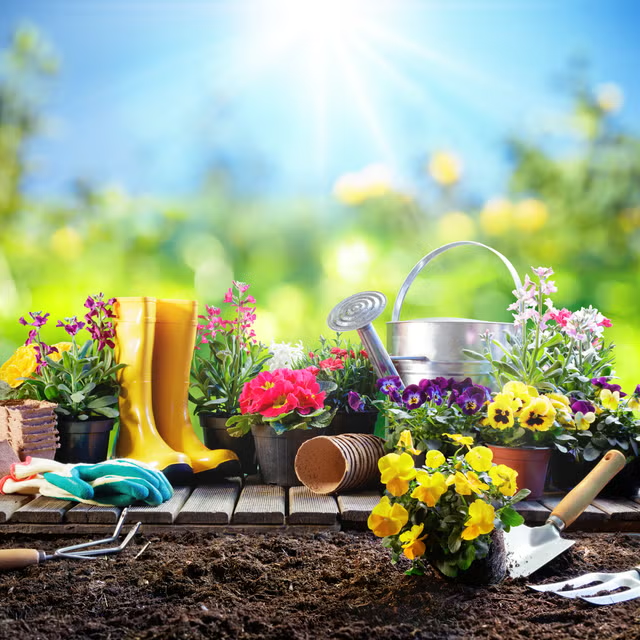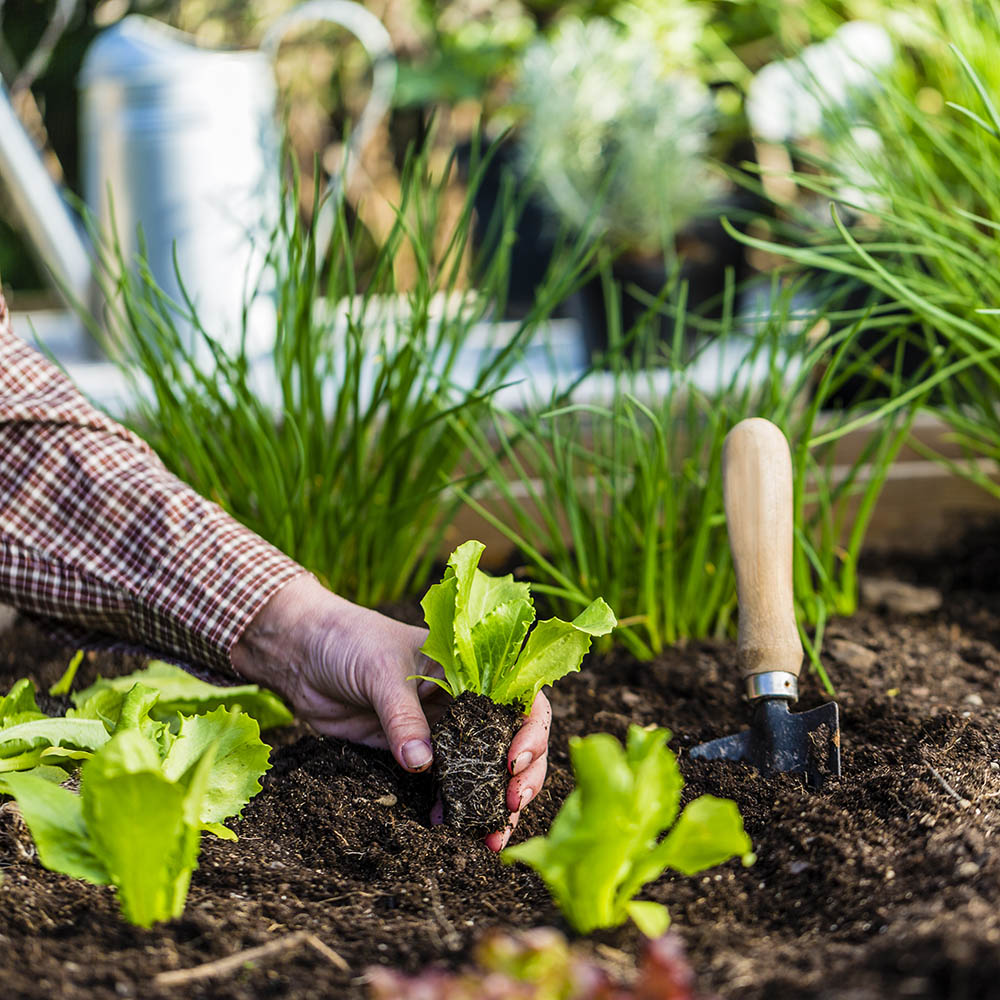Digging In: The Vital Master Gardening Tools for Beginners
Wiki Article
The Ultimate Overview to Horticulture for Beginners: Step-by-Step Tips and Methods for Expanding a Thriving Garden
From comprehending your garden area to picking the right plants and preparing the soil, we have actually obtained you covered. Get prepared to unleash your green thumb and develop a lovely, growing yard.Comprehending Your Garden Space
To optimize your horticulture success, start by acquainting yourself with the unique features of your yard space. Understanding your yard space is crucial for creating a prospering yard. Begin by observing the amount of sunlight your garden obtains throughout the day. Keep in mind of any kind of areas that are shaded and those that obtain complete sun. This will certainly aid you identify which plants will certainly thrive in each area.Following, assess the soil in your garden. Comprehending your dirt kind will certainly lead you in choosing the right plants and executing ideal soil modifications. This information will certainly aid you make informed decisions concerning watering and plant positioning.
Moreover, take notice of any microclimates within your yard. These are little locations that might differ in temperature or wetness levels compared to the remainder of your yard. For instance, a south-facing wall may preserve warm, creating a warmer microclimate. Make use of these variations to your benefit by growing moisture-loving or heat-loving plants in these areas.
Choosing the Right Plants

Next, consider your horticulture objectives and choices. Are you looking to grow vegetables, blossoms, or a mix of both? Do you choose low-maintenance plants or are you happy to place in added initiative for high-yield plants? Believe regarding the quantity of time, power, and resources you agree to purchase your garden.
Furthermore, consider the space offered in your yard. Take dimensions and prepare out the format of your plants. Think about the fully grown dimension of each plant and make certain they have adequate area to expand without congestion each various other.
Lastly, consider the usefulness of your plant choices. home gardening for beginners. Will you be able to provide the essential care and upkeep for your selected plants? Think about elements such as watering, feeding, pest control, and pruning
Preparing the Soil for Planting
As soon as you have selected the right plants for your thriving yard, it's time to dive right into the important task of preparing the dirt for planting. Before you start digging, it's crucial to analyze the top quality of your dirt. Take an example and test its pH levels, as various plants prosper in different pH varieties. If required by including lime to increase it or sulfur to reduce it., adjust the pH.
When the soil prepares, produce furrows or holes for planting. The deepness and spacing will depend upon the certain demands of your picked plants, so describe the seed packages or plant tags for support. Delicately place the plants in their marked places, ensuring that the origins are covered with dirt. Firmly push the dirt around the base of each plant to get rid of any type of air pockets.
As you water, be mindful not to clean away the soil or damages the fragile plants. With appropriate soil prep work, your garden will certainly be well-equipped to sustain the growth and success of your plants.
Watering and Fertilizing Techniques
After preparing the dirt for planting, it's important to understand reliable watering and fertilizing strategies to guarantee the wellness and growth of your yard. When it pertains to watering, it is very important to strike a balance. Overwatering can lead to root rot and other conditions, while underwatering can result in stunted growth and wilting. The secret is to gardening tips for beginners offer adequate water to maintain the soil regularly wet however not filled. One means to evaluate if your plants need watering is by sticking your finger concerning an inch into the dirt. It's time to water if it really feels completely dry. When watering, goal for the base of the plants, as moistening the fallen leaves can encourage diseases. When it comes to fertilizing, it's critical to provide your plants the nutrients they need to thrive. Organic plant foods, such as garden compost or well-rotted manure, are superb choices as they provide a slow-moving release of nutrients. It's best to apply fertilizers in early springtime or late loss, following the instructions on the package. Keep in mind to sprinkle your plants after feeding to assist the nutrients get to the origins. By grasping these watering and feeding techniques, you'll be well on your way to a thriving garden.Keeping a Healthy And Balanced Garden
To maintain a healthy and balanced garden, you need to on a regular basis check your plants for signs of conditions or insects. By doing this, you can catch any kind of issues early on and take the essential steps to avoid them from spreading and creating damages to your entire yard.Another technique is to urge beneficial insects like lacewings and ladybugs, which feed on garden insects. Planting flowers such as marigolds, sunflowers, and daisies will draw in these beneficial insects to your garden.
In addition to bugs, illness can likewise affect your plants. Proper spacing between plants and great air flow can also help protect against the spread of diseases.
Conclusion
By recognizing your yard space, choosing the right plants, preparing the dirt, and carrying out proper watering and feeding techniques, you can create a thriving yard. With patience and commitment, you'll soon be appreciating the appeal and bounty of your own growing yard.Use these variations to your benefit by planting moisture-loving or heat-loving plants in these areas.

Report this wiki page